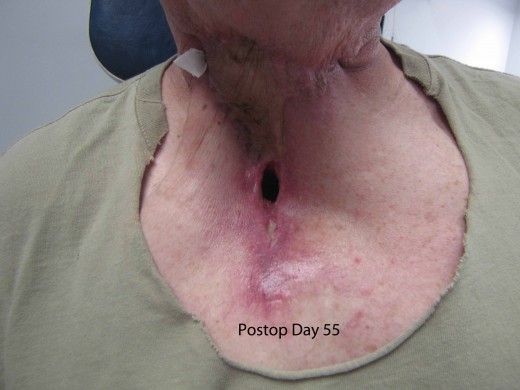Tetanus (Lockjaw): General Treatment Measures And Surgeries
Tetanus antitoxin (anti-tetanus serum- ATS)

Infectious Diseases
General Measures
The patient is nursed in an environment where external stimuli such as drafts of air, cold winds, noises and vibrations are minimal. Nutrition is provided by giving adequate calories in the form of glucose and cereals. Fluid and electrolyte balance should be maintained. The main aim of treatment is to arrest the growth of C.tetani in the local lesion, prevent further production of toxin, neutralize the toxin already in circulation and to abolish the excitatory effect of the toxin on the muscles. Since the toxin attached to nerve endings cannot be neutralized, antotoxin should be administered without delay to neutralize circulating toxin.
Tetanus antitoxin (anti-tetanus serum- ATS): The best available preparation is human tetanus immunoglobin (TIG) which is to be given in a dose of 2000 to 5000 units intravenously or intramuscularly. This is more potent and free from risk of anaphylaxis. The other preparation if ATS prepared from the horse. It may cause anaphylactic shock in allergic individuals and hence it should be administered only after testing for allergy (skin test and later intravenous test). All measures to combat shock should be available, ready at hand. The dose is 10,000 to 25,000 units given intravenously or intramuscularly. Ordinarily, there is no need to repeat the antiserum. Human TIG can also be given intrathecally in a dose of 250 to 500 units. This measure may help in controlling convulsions more effectively when other measures fail.
Surgical Toilet of the wound: It aims at debridement and removal of necrotic material and foreign bodies with a view to removing the anaerobic environment. Surgical toilet should be done only after giving the antitoxin.
Antibiotics: Clostridium tetani is sensitive to penicillin and benzyl penicillin in a dose of 0.5 mega unit 6 hourly administered intravenously helps in preventing the multiplication of the organism and further toxin production. When the infection is controlled, procaine penicillin can be used in a dose of 0.5 mega unit daily.
Control of convulsions:Diazepam in adequate doses controls the muscle spasms: 50 mg is added to 600 ml of 5% glucose and it is run as an intravenous drip. At a rate required to control the spasms. Even up to 200 mg, may be required in 24 hours. Paradehyde 7 ml every 6 hours given orally, chlorpromazine, 50 mg every 6 hours given intramuscularly and phenobarbitone 200 mg twice daily given intramuscularly are effective in controlling the spasms and producing the required sedation when used in combination with diazepam. A combination of anticonculsants can be used.
In severe tetanus that cannot be controlled effectively by drugs, curarisation and assisted ventilation are essential and this regimen has to be undertaken by a team trained for ventilatory assistance.
Mediastinal Tracheostomy

Tracheostomy
It maintains patency of the airway and helps in giving effective tracheal toilet. A cuffed endotracheal tube protects against aspiration of gastric contents. In moderate and severe tetanus, tracheostomy is indicated which should be performed without delay. In severe sympathetic over-activity, beta-adrenergic blockers like propanolol have to be used.
© 2014 Funom Theophilus Makama






